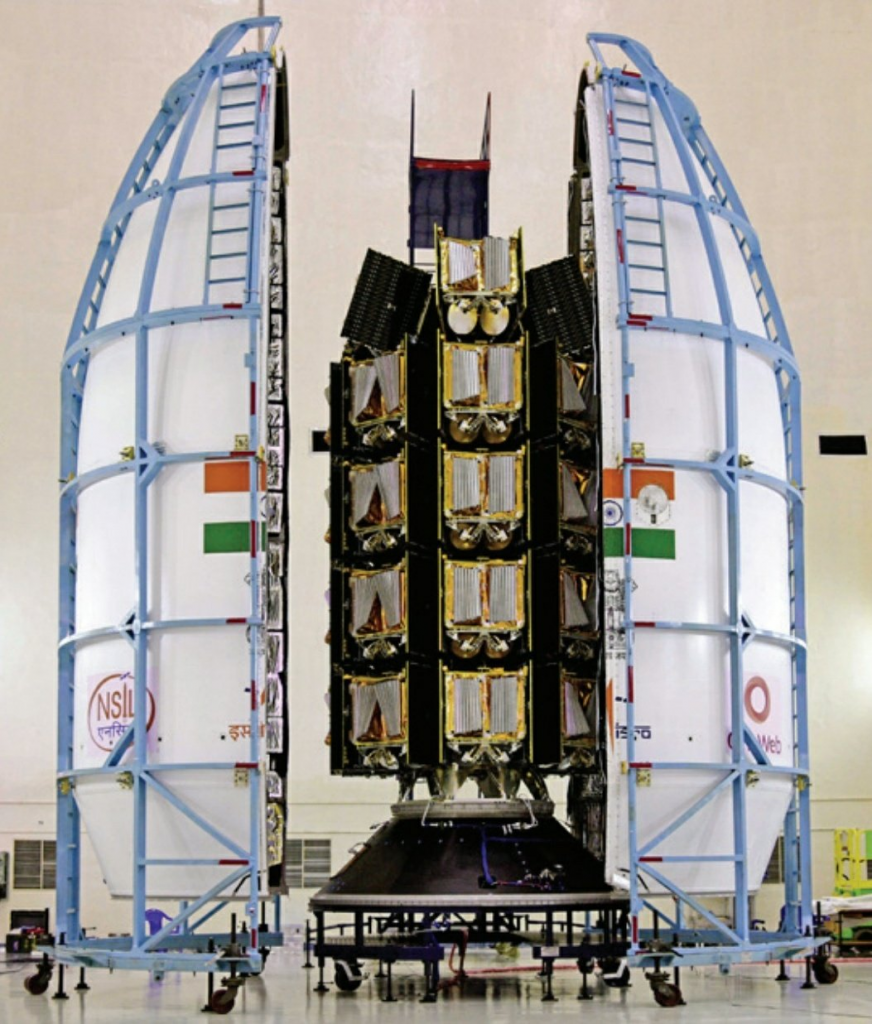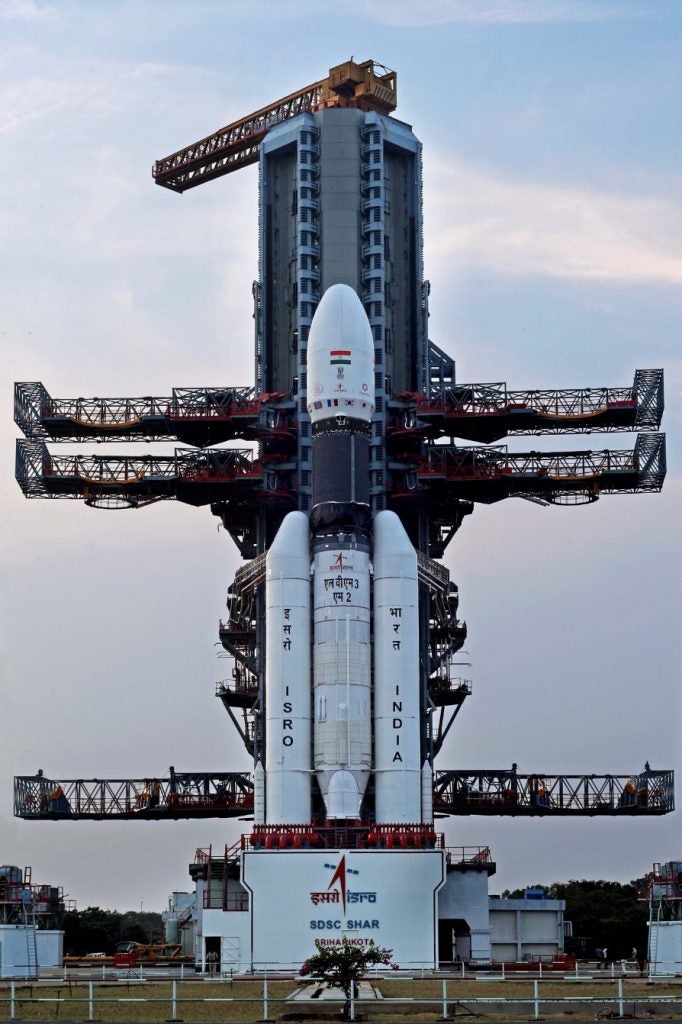India Launches Starlink Competitor OneWeb into Orbit After Russia Ban
On October 22nd, an Indian GSLV-MkIII launched a batch of 36 OneWeb satellites to low earth orbit. These will join the 428 or so already in orbit with an objective of 648 needed to form the operational constellation. OneWeb intends to provide global broadband service similar to SpaceX’s Starlink but is targeting a more limited government and enterprise market.
The launch is a milestone for the Indian launch industry and is the first commercial flight of the GSLV-III, which is India’s most powerful launch vehicle. Selling flights on the commercial launch market makes the vehicle more cost-efficient by offsetting the high development cost. India intends to use the GSLV-III for human spaceflight in the future so this investment is crucial to help mature the vehicle. The vehicle is marketed by NewSpace India Limited which is government owned.

Since the 1990s Russia has dominated the commercial launch market with SpaceX gradually taking over in the last 6 years. OneWeb is the only real competitor to Starlink but unlike SpaceX doesn’t have its own launch vehicle. That means OneWeb had to buy rockets and naturally went to Russia since they were the best deal on the market. Back in 2015, this didn’t seem like a bad idea despite having just illegally annexed Crimea.
The initial plan was for 20 Soyuz rockets to launch the 648 satellites needed for an operational constellation around 2023. On 10 February 2022, the 13th of these Soyuz took flight from French Guiana and the 14th batch was delivered to Kazahkstan for launch in March. However, things became complicated once Russia crossed into Ukraine. OneWeb is headquartered in the UK and partially owned by the British government which invested heavily given its clear national security uses. Russia refused to launch the satellites and demanded the UK sell its share of OneWeb. The UK rejected this and the OneWeb satellites were impounded by Russia in Kazakhstan presumably where they remain. With Soyuz off the market, OneWeb looked to the only vehicles available, its competitor’s Falcon 9 which it bought 3 flights, and India’s GSLV-III which it bought 2.
India hopes to increase its share of the commercial market significantly to help support India’s very limited space budget. The hope is for 6-`10 commercial flights a year which would mean tripling or quadrupling India’s current launch cadence.

